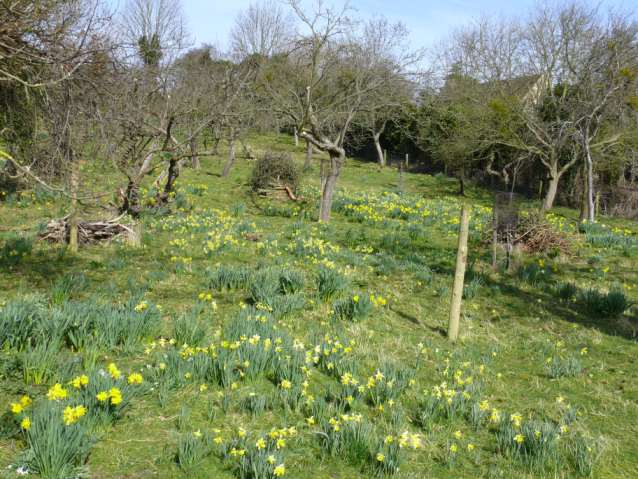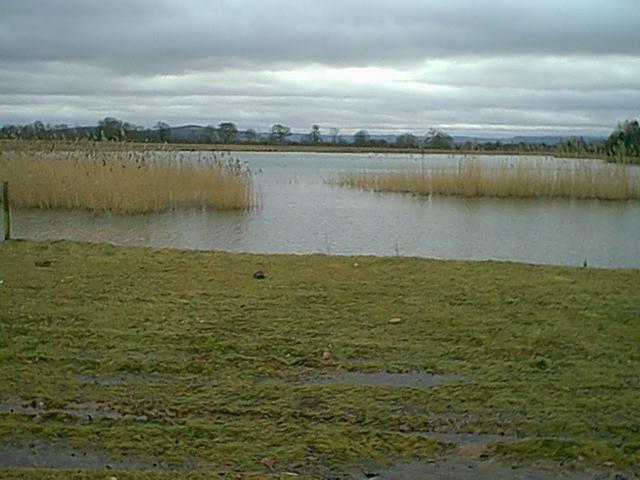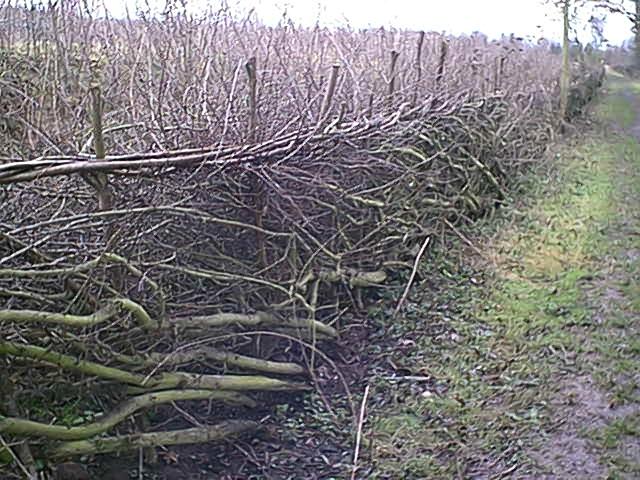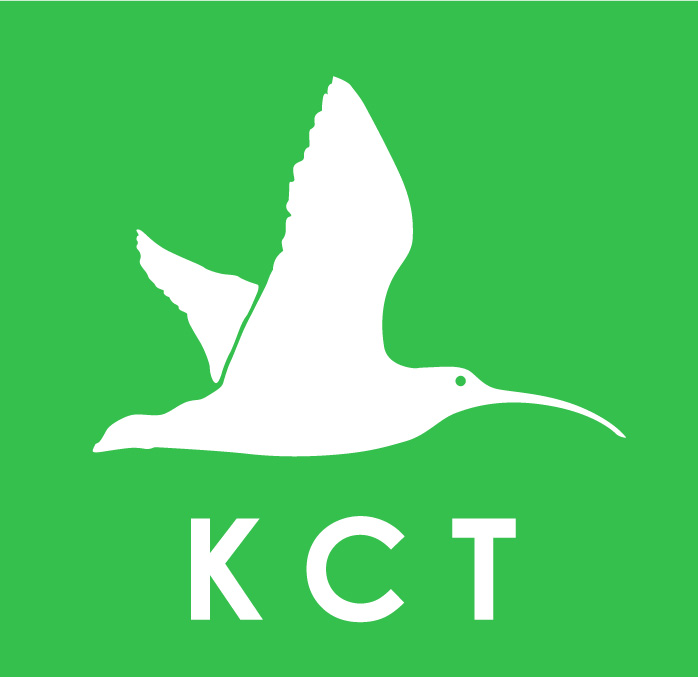|
The Trust owns and leases a number of important wildlife sites. In addition to this it has
entered into management agreements with local landowners which cover around 1,280 acres (518 ha). All
of the sites below are described in more detail in our Habitat
management section.
|
KCT has acquired several wildlife sites in the Bredon Hill area which include:
Twyning Ham – In 1993 the Trust purchased strategic sections of flood
meadow at Twyning Ham totalling 17 acres (6.9 ha). The ham was once the largest flood meadow
in England, and it remains one of only a handful of Lammas meadows to have survived modern
agricultural practices. Natural England has designated it a Site of Special Scientific
Interest (SSSI) for its breeding populations of wading birds, including redshank, curlew,
snipe and lapwing, as well as for scarce plants, such as narrow-leaved water-dropwort and
mouse-tail.
|

Daffurns orchard
|
|
Daffurn’s Orchard – In 2000 the Trust coordinated the purchase of a
‘community’ orchard in Kemerton village, using funds generously donated by local people. The
0.7 acre (0.3 ha) site will be managed in perpetuity as a traditional orchard for the benefit
of the wildlife and local residents. It is run by a committee made up from local people and
Trust representatives.
John Moore Nature Reserve – In 2000 1.3 acres (0.5 ha) of young native
woodland was donated to the Trust by Mrs. Lucile Bell, widow of the writer John Moore whose
books about Bredon Hill and Tewkesbury have inspired three generations of natural
historians.
|
|
Kemerton Lake Nature Reserve – This 54 acre (22 ha) wetland reserve
includes a diverse range of habitats including a 15 acre (6 ha) lake, islands, pools,
seasonal wet scrapes, reed beds, grassland, woodland, and arable ground. A public
footpath gives visual access to much of the site and two bird-watching hides have been built
for public use. The reserve is popular with birdwatchers and more than 170
species of bird have been recorded here to date.
Beggarboys Wetland & Richards Wood – Although only 7 acres (3 ha) in
extent, Beggarboys & Richards Wood together form extremely rich wetland-woodland complex
with ancient origins. Its diverse flora includes sweet galingale and narrow-leaved
birds-foot trefoil. It is home to nationally rare invertebrates, including the club
tailed dragonfly – one of twelve species of dragonfly and damselfly which breed
here.
|

Kemerton Lake nature reserve
|
|
|
|
| |
|
|
In addition to the sites above, the Trust has management agreements with
landowners and tenant farmers covering around 1,280 acres (518 ha) on and around Bredon
Hill. This includes much of chairman Adrian Darby’s farm, the Kemerton Estate, as well
land under other ownerships.
The soils vary considerably - from limestone brash on the hill, through heavy
lias clay, sand and gravel, to alluvial silt in the Carrant and Avon flood plain. This gives
rise to a wide range of rich ecosystems, several of which are of national importance.
Most of the hill ground falls within the Cotswold Area of Outstanding Natural Beauty
(AONB). Parts of it are designated a SSSI and a Special Area for Conservation
(SAC).
Stewardship Schemes
Many of the richest ecosystems under the Trust’s management were put into the
Countryside Stewardship Scheme (CSS) between 1994 and 2003. The Trust
advised on and prepared the applications for these schemes, which allowed landowners to
claim government grants in return for managing land for the benefit of wildlife.
|

Maintenance of hedgerows provides refuge from
agro-chemicals
for insects and nesting sites for birds
|
| In 2005 DEFRA launched a new agri-environment scheme, Environmental Stewardship, which replaces CSS. It provides funding to farmers
and other land managers in England who deliver effective environmental management on their land. It
is divided into two bands – Entry Level Stewardship (ELS), and Higher Level Stewardship (HLS) for
high priority situations and areas. As the existing CSS agreements expire, the Trust will seek to
replace them with HLS agreements. |
|











